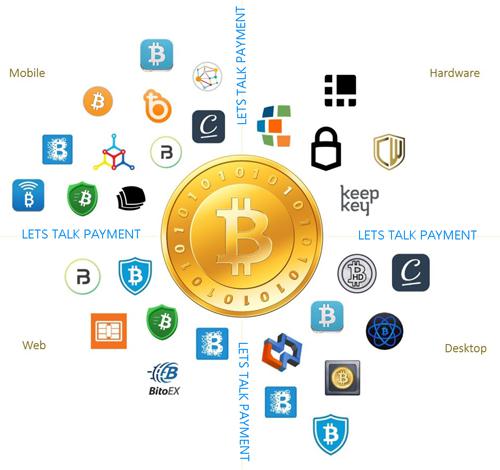
Interledger Protocols: Bridging Digital Transactions
Interledger protocols have revolutionized the landscape of digital transactions, providing a seamless bridge between various payment systems. This innovative framework ensures interoperability, enabling secure and efficient transfers across different networks. In this article, we’ll delve into the key aspects and advantages of Interledger protocols.
The Foundation of Interledger Protocols
At its core, Interledger is designed to facilitate payments across disparate ledgers and networks. Led by the Interledger W3C Community Group, this open protocol suite focuses on creating a standard for payments over the internet. It introduces a versatile architecture that accommodates various payment systems, fostering a unified environment for seamless financial transactions.
Decentralization and Inclusivity
One of the notable features of Interledger protocols is their commitment to decentralization. By breaking down silos between traditional financial institutions, Interledger promotes a more inclusive financial ecosystem. This decentralized approach empowers individuals and businesses alike, fostering financial inclusion on a global scale.
Real-Time Settlements and Cost Efficiency
Interledger protocols excel in enabling real-time settlements, significantly reducing the time it takes to complete transactions. Traditional cross-border payments often involve multiple intermediaries, leading to delays and increased costs. Interledger’s streamlined process eliminates unnecessary intermediaries, resulting in faster and more cost-effective transactions.
Enhanced Security Measures
Security is paramount in the world of digital transactions, and Interledger protocols address this concern with robust measures. Through cryptographic protocols and secure channels, Interledger ensures the confidentiality and integrity of transferred data. This emphasis on security enhances user confidence and trust in the digital payment ecosystem.
Interledger in Action
To better understand the impact of Interledger protocols, consider a scenario where a user wants to make a cross-border payment. Traditionally, this process involves navigating through multiple banking systems, each with its own set of complexities and fees. With Interledger protocols, the user can seamlessly transfer funds across different ledgers, simplifying the transaction process.
Connecting the Dots with Interledger Protocols
Interledger protocols act as the glue that connects various payment systems, fostering a more interconnected financial landscape. This interoperability is crucial for the development of a global economy where digital transactions occur seamlessly across borders. Businesses, financial institutions, and individuals can leverage Interledger to bridge gaps and create a more accessible financial environment.
Embracing the Future of Digital Transactions
As we move further into the digital age, the role of Interledger protocols becomes increasingly significant. Its ability to unify diverse payment systems and facilitate cross-border transactions positions Interledger as a key player in shaping the future of digital finance. Embracing this technology opens doors to new possibilities, paving the way for a more interconnected and efficient global economy.
In conclusion, Interledger protocols offer a transformative approach to digital transactions, promoting decentralization, security, and efficiency. As the world becomes more interconnected, the need for seamless cross-border payments grows, and Interledger protocols stand at the forefront of meeting this demand.
For more information about Interledger protocols, visit www.itcertswin.com to explore the latest developments and resources in this dynamic field.





































